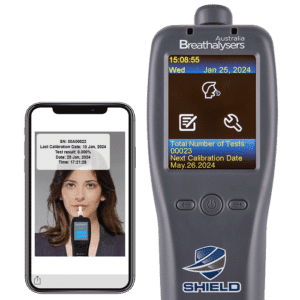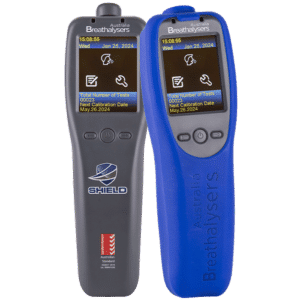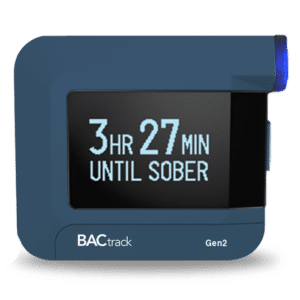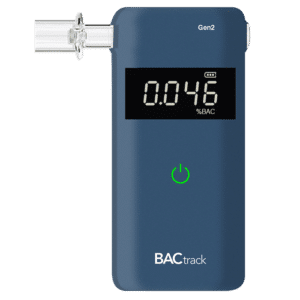PTS Drug and Alcohol Test: What Does It Mean?
10 October, 2023
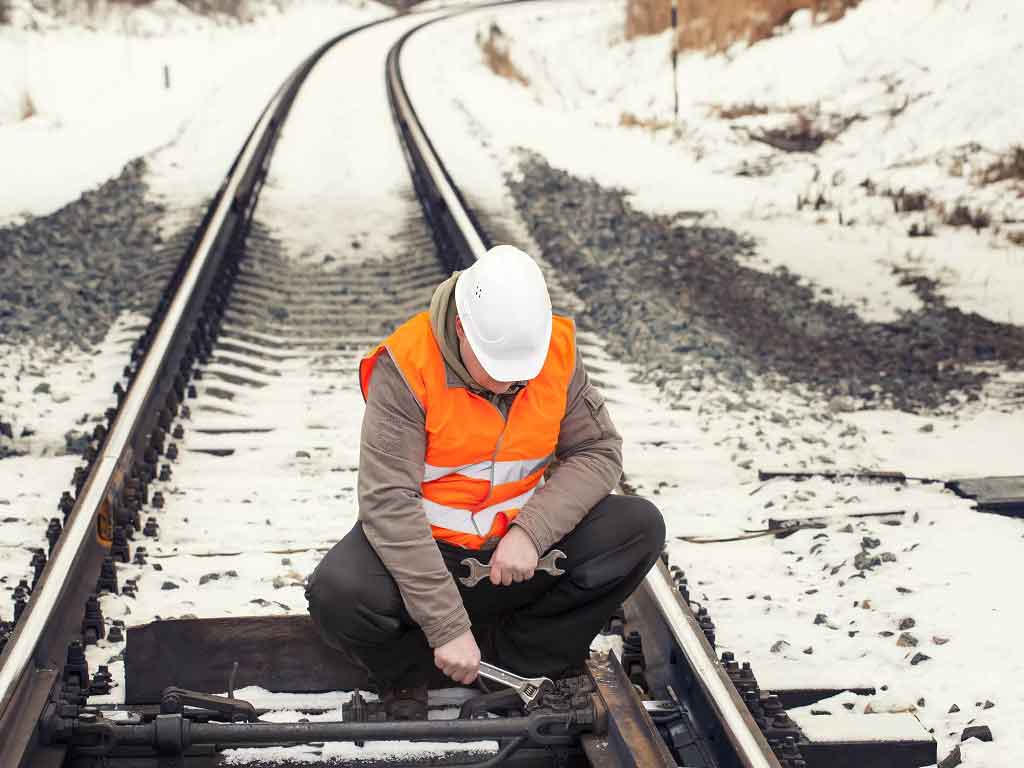
A Personal Track Safety, or PTS drug and alcohol test, is an essential requirement of the rail transport industry. This test is mandatory for all workers and contractors involved in train operations. It utilises various methods to detect the presence of alcohol and illicit drugs in a person’s system. Therefore, the administration can determine individuals who are posing safety risks at work. This helps prevent accidents that can affect passengers and other workers.
Drug and alcohol abuse is a significant issue in many industries. It impairs the person’s judgment, perception, and coordination skills, necessary to perform tasks safely. Impaired employees are prone to errors or mistakes. Hence, substance use or impairment is even more critical in high-risk industries operating heavy equipment like rail transportation. This article will cover drug and alcohol testing in the network rail sector, its significance to safety, and the types of testing methods.
What is PTS Drug and Alcohol Test
A PTS drug and alcohol test is a screening process for individuals in the railway industry. It involves the collection of biological specimens and analysing them for the presence of drugs and alcohol. It is administered throughout the year to ensure the safety of railway workers and the travelling public. The test also aims to identify potential substance abuse issues that can have long-term consequences for the individual.
The test consists of initial screening and laboratory confirmation. The initial or preliminary screening looks for drugs, alcohol, or their metabolites in the samples. If it detects substances, it undergoes laboratory processes to identify the specific type and amount of drug used. This ensures the test is accurate and reliable.
The PTS medical test traces commonly abused substances, such as marijuana, cocaine, amphetamines, and opiates. It also checks for alcohol levels in a person’s system. Moreover, it is a part of the occupational health assessment and safety procedures of the rail industry. This allows employees to abide by the standards to prevent or minimise the risk of harm.
Reasons for Testing
- Pre-employment: mandatory requirement for safety-critical industries. It helps employers determine the suitability of potential employees for the position.
- Post-accident: determine if drug or alcohol use is a factor in an incident. It helps mitigate legal risks that may arise due to an accident.
- Random: monitor substance use or impairment at any time. It helps identify workers who are hiding their intoxication but pose safety risks. Additionally, it helps deter potential substance abuse.
- Reasonable suspicion: administered on a particular individual displaying signs of impairment. This helps confirm the suspected use of prohibited substances.
- Return-to-duty: requirement for employees coming back from an alcohol or drug-related suspension.
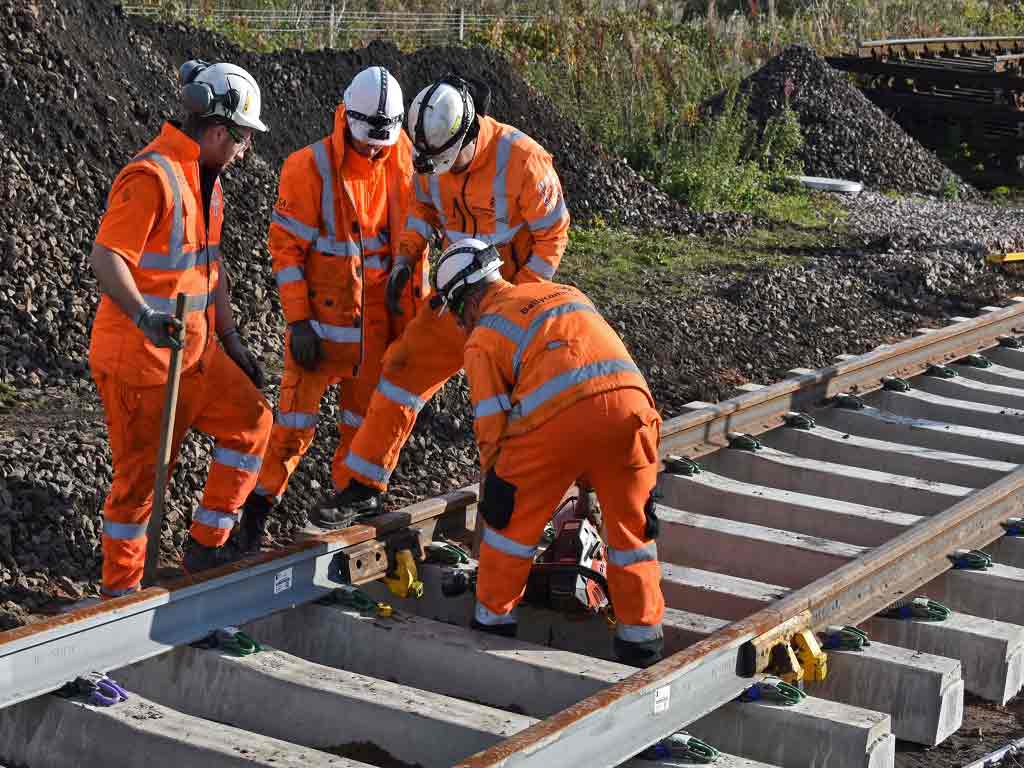
Importance of PTS Drug and Alcohol Test
PTS drug and alcohol test is vital due to its inherent safety-sensitive nature. Firstly, it monitors substance use or impairment. This helps identify individuals working under the influence of drugs or alcohol. As a result, they can be removed from their duties, preventing them from putting themselves and others in danger.
Conducting regular testing can ensure employers and stakeholders that their employees are fit for duty. Moreover, it helps deter drug and alcohol use. For example, it discourages excessive alcohol consumption. Individuals can moderate their intake to ensure they report for work completely sober. This also minimises the risk of alcohol dependency or abuse. It serves as a reminder that substance abuse is not tolerated and has serious consequences.
Furthermore, it ensures legal compliance with the occupational health and safety requirements of the industry. The network rail may require more frequent testing than other sectors. By implementing a comprehensive policy, it ensures safer working practices. In summary, it reduces the chances of accidents and protects the well-being of the employees and the public.
Network Rail Drug and Alcohol Testing Policy
The network rail industry implements a zero-tolerance policy to minimise the hazards of drugs and alcohol. A comprehensive program guides employees on their responsibilities and accountabilities for health and safety. The policy outlines the procedures for testing, when to test, and the consequences of non-compliance or violations.
Generally, a failed test result may result in suspension or termination. In some cases, an employer may offer rehabilitation for substance abuse through the Employee Assistance Program (EAP). Additionally, it is essential to ensure the policy adheres to the state laws to prevent legal issues. For instance, the methods should follow the national standards for testing.
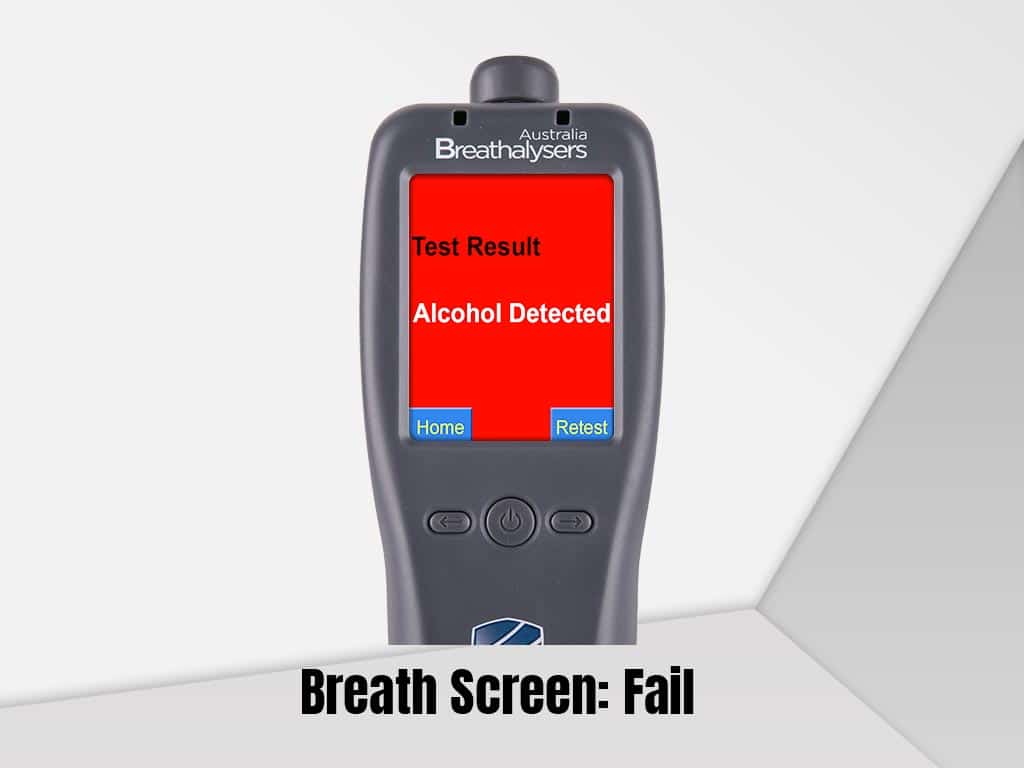
Types of PTS Drug and Alcohol Test
The PTS drug and alcohol test utilises various procedures. The most common type is the urine test. This procedure collects and examines the urine sample to detect a wide range of substances taken within the past few days. It is suitable for pre-employment or random testing. Another type is the saliva drug test. This is suitable for determining recent consumption due to its short detection window.
The breath test is a non-invasive method to detect alcohol and measure Blood Alcohol Content (BAC) through the breath sample. A breathalyser device can give the BAC results within seconds, making it convenient and cost-efficient. Workplaces use fuel cell breathalysers because of their police-grade accuracy. Some use devices with photo identification for monitoring or reporting purposes.
The blood test provides the most accurate medical assessments of drugs and alcohol in the body. However, due to its intrusive and costly nature, employers usually use it for confirmation of initial screening results. Aside from drug and alcohol testing, PTS medical involves testing blood pressure, blood glucose level, and visual acuity.
What to Expect After the Results
Individuals may expect several outcomes after a PTS medical, drug & alcohol testing. A negative test result means no substances were found in the sample. On the other hand, non-negative test results indicate drug or alcohol consumption. It is crucial for employers to remove the individual from a safety-critical area to prevent untoward incidents.
Getting a non-negative result would necessitate sending the sample for analysis to a laboratory. Employees with positive samples may get long-term suspension or termination, depending on the severity of the case. However, an individual may contest the result or seek legal advice if they believe the test to be inaccurate.
Conclusion
The PTS drug and alcohol test identifies individuals in the network rail sector posing safety risks. The test analyses the breath, saliva, blood, or urine specimens for the presence of alcohol or illegal drugs. Moreover, PTS medical testing can significantly ensure the safety and well-being of all employees and the public. It is implemented in various circumstances, such as pre-employment, random, reasonable suspicion, and post-accident cases. Likewise, it must be in accordance with the relevant safety legislation.
Most companies employ accredited occupational health partners to conduct drug and alcohol screening services. These medical centres have high-quality control levels to ensure accuracy and reliability. In addition, employees with positive test results may face disciplinary consequences, which can impact their career or employment. Overall, the test helps prevent accidents and deter substance use. Ultimately, it creates a safe and healthy environment for everyone.



















